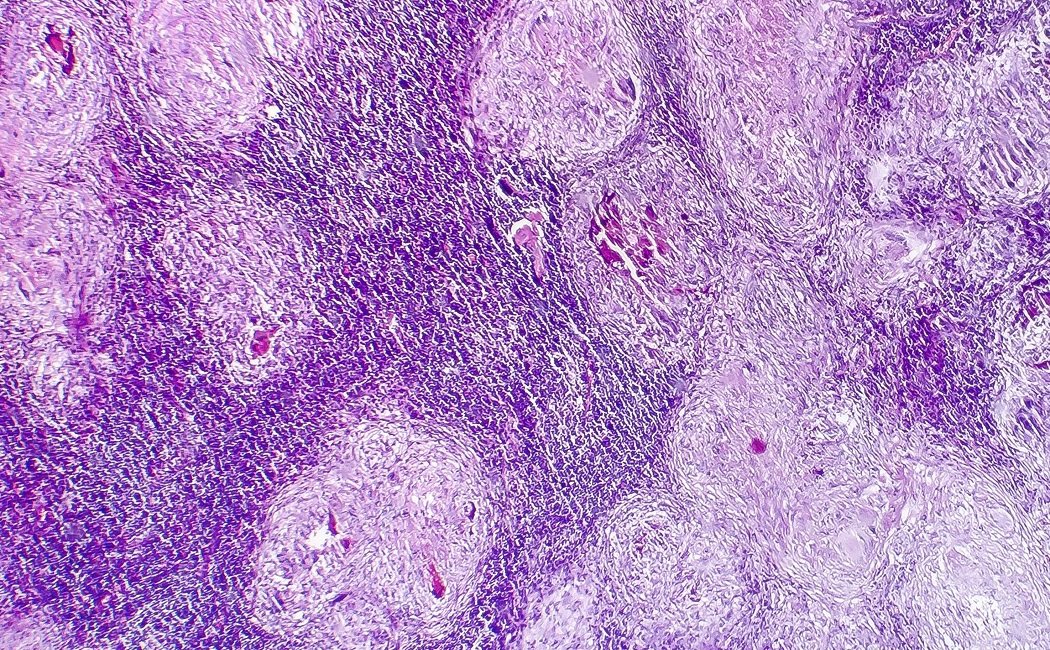How are cancer cells different from normal cells? Know the most well-known differences between the two.
There are many differences between cancer cells and normal cells. Some differences are well known. While other differences It has just been discovered and is still not very well understood. Understanding how cancer cells behave differently from normal cells lays the foundation for developing treatments designed to eliminate cancer cells from the body without harming normal cells.
DNA contains genes that are the blueprints for proteins made in the body. Some of these proteins are growth factors. They are chemicals that tell cells to divide and grow. Other proteins work to inhibit growth. Specific gene mutations (such as those caused by cigarette smoke, radiation, ultraviolet rays and other carcinogens) can cause abnormal protein production. There may be too much or not enough production. Or it could be that the protein is abnormal and behaves differently. Cancer is a complex disease. And it is often these abnormalities that lead to cancer cells. Instead of a single mutation or protein abnormalities
Cancer cells vs. normal cells
Below are some important differences between normal cells and cancer cells. It explains how cancerous tumors grow and respond to the environment differently than benign tumors.
growth
Normal cells stop growing (reproducing) when they have enough cells. For example, if cells are produced to repair wounds in the skin. New cells are no longer created when there are enough cells to heal the wound. That’s when the repairs were completed.
Cancer cells, on the other hand, don’t stop growing when they have enough cells. This continued growth often results in a tumor. (group of cancer cells) Each gene in the body has a blueprint that codes for a different protein. Some of these proteins are growth factors. which is a chemical that causes cells to grow and divide If the gene that codes for a particular protein is stuck in the reproductive locus by mutation (oncogene) Growth factor proteins continue to be produced. In response The cells then continue to grow.
communication
Cancer cells do not interact with other cells like normal cells. Normal cells respond to signals sent from other nearby cells that say “you have reached your limit.” When normal cells “hear” these signals, Cells stop growing Cancer cells do not respond to these signals.
 Normal cells repair or die. (Processes apoptosis) when cells are damaged or age.
Normal cells repair or die. (Processes apoptosis) when cells are damaged or age.Cell repair and cell death
Normal cells repair or die. (Processes apoptosis) when cells are damaged or age. Cancer cells are unable to repair themselves or undergo apoptosis. Additionally, cancer cells do not grow or mature like normal cells.
Toughness
Normal cells secrete substances that make them stick together into groups. Don’t cancer cells produce these substances and can “float” to nearby sites? Passed through the bloodstream or lymphatic system to distant areas in the body. They travel through the body and can spread.
They have different characteristics.
under the microscope Normal cells and cancer cells may look very different. Unlike normal cells, cancer cells tend to show much greater variation in cell size. Some cells are larger than normal. and other cells It’s smaller than normal. Besides, Cancer cells often have an abnormal shape, both the cell and the nucleus (the “brain” of the cell). The nucleus is larger and darker than a normal cell. The reason for the darkness is that cancer cell nuclei contain too much DNA. Cancer cells often have an abnormal number of chromosomes that are arranged in a disorderly manner.

